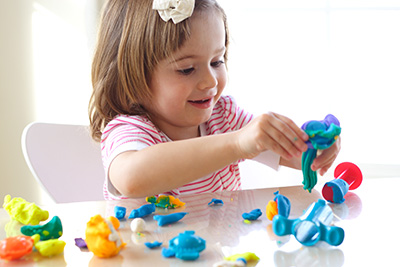Young Children and Screen Time

Developmentally Appropriate Practice (DAP) provides a foundation for best practices in early child care and education.
Children grow at an astonishing pace during the early childhood years. One 14-month-old child may be a speedy runner, while his twin brother is just learning to walk unassisted. A 2-year-old child may be speaking in complete sentences – or she may only know a handful of words. Even though child development charts may reference a “typical” toddler or an “average” preschooler, the fact remains that every child develops at his or her own pace.
As a provider, your challenge is to plan activities that are enriching and meaningful to children of different ages who are also at different levels of development. This is known as Developmentally Appropriate Practice (DAP). A DAP-friendly environment nurtures a sense of curiosity, promotes the importance of meaningful play, and always makes learning fun. DAP allows children to learn and explore at their own pace in a hands-on manner.
When you plan screen time activities, look for ways that can engage children on more than one level. The American Academy of Pediatrics (AAP) offers specific guidance on how to to balance screen time use and real life activities from birth through school age. COMAR also mandates how long to use screen time activities in all licensed child care programs.
In the following activity, you will learn about the AAP’s recommendations and COMAR for children’s media use along with developmentally appropriate examples of screen time activities.









